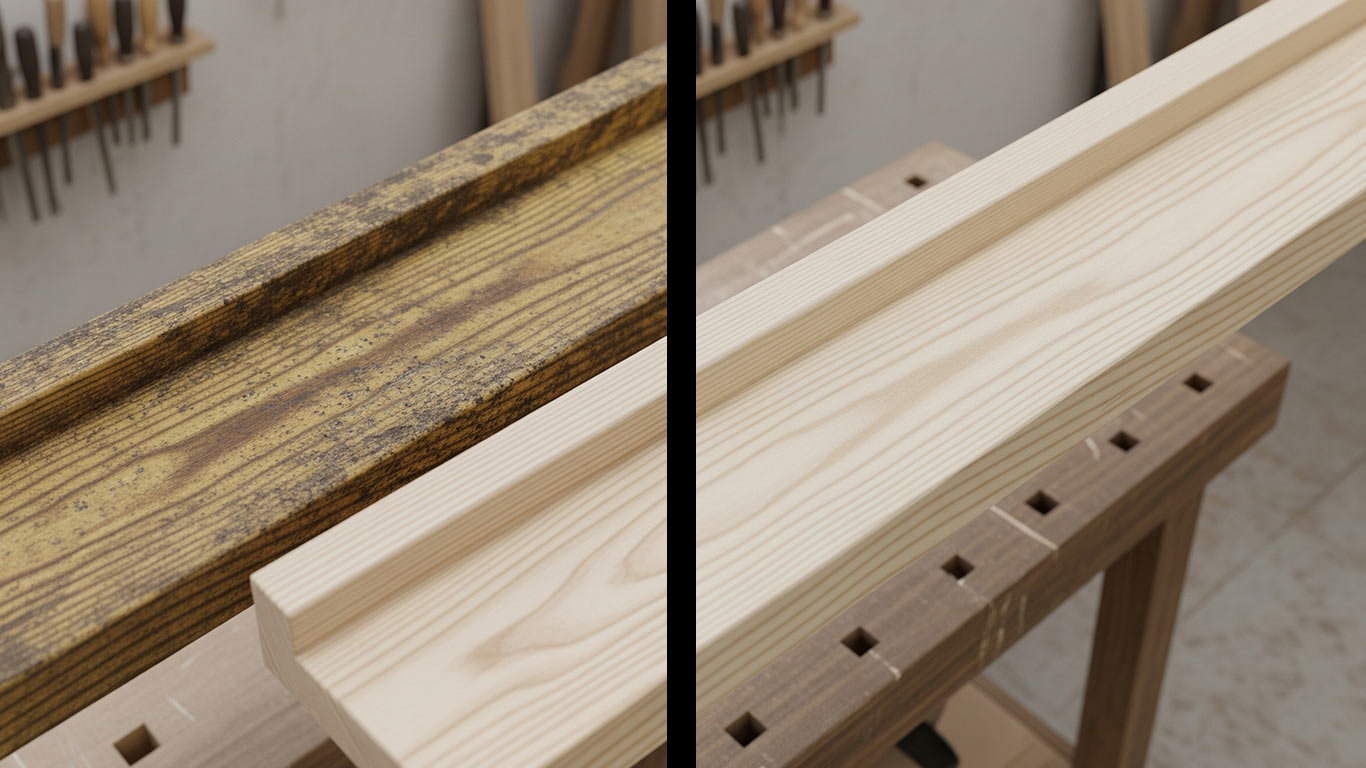
FDA
FDA 21 CFR 1040.10 - Laser Product Performance Standards



Ash's real strength is its outstanding shock resistance and thermal stability, which we've seen enables precise laser cleaning to revive fine details in heritage woodwork and instruments without surface charring or structural weakening.
Under 1000x magnification, the ash wood surface appears covered in thick, uneven layers of dark grime. Fine particles and debris cling tightly to the rough fibers and fill tiny cracks. This contamination obscures the natural texture completely.
After laser treatment at 1000x magnification, the ash wood surface reveals smooth, exposed fibers without any residue. Clean lines emerge where grime once hid, restoring the material's original evenness. The treatment uncovers a uniform, detailed structure.

FDA 21 CFR 1040.10 - Laser Product Performance Standards

ANSI Z136.1 - Safe Use of Lasers

IEC 60825 - Safety of Laser Products

OSHA 29 CFR 1926.95 - Personal Protective Equipment

EPA Clean Air Act Compliance